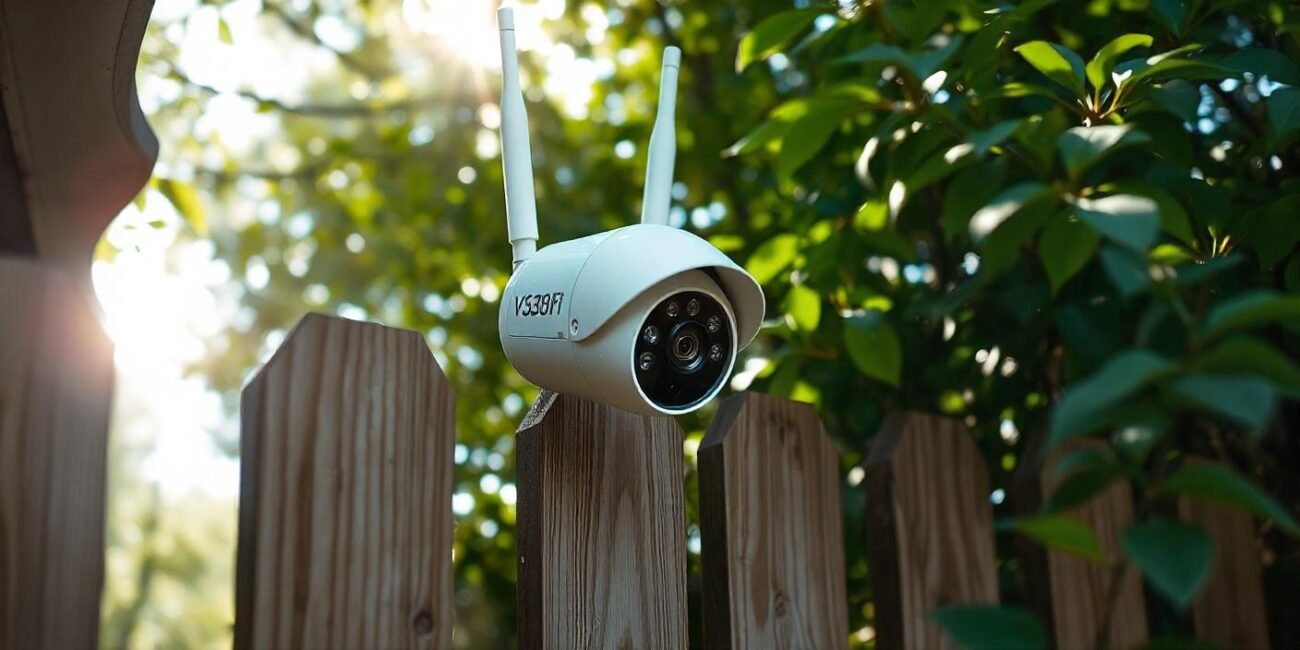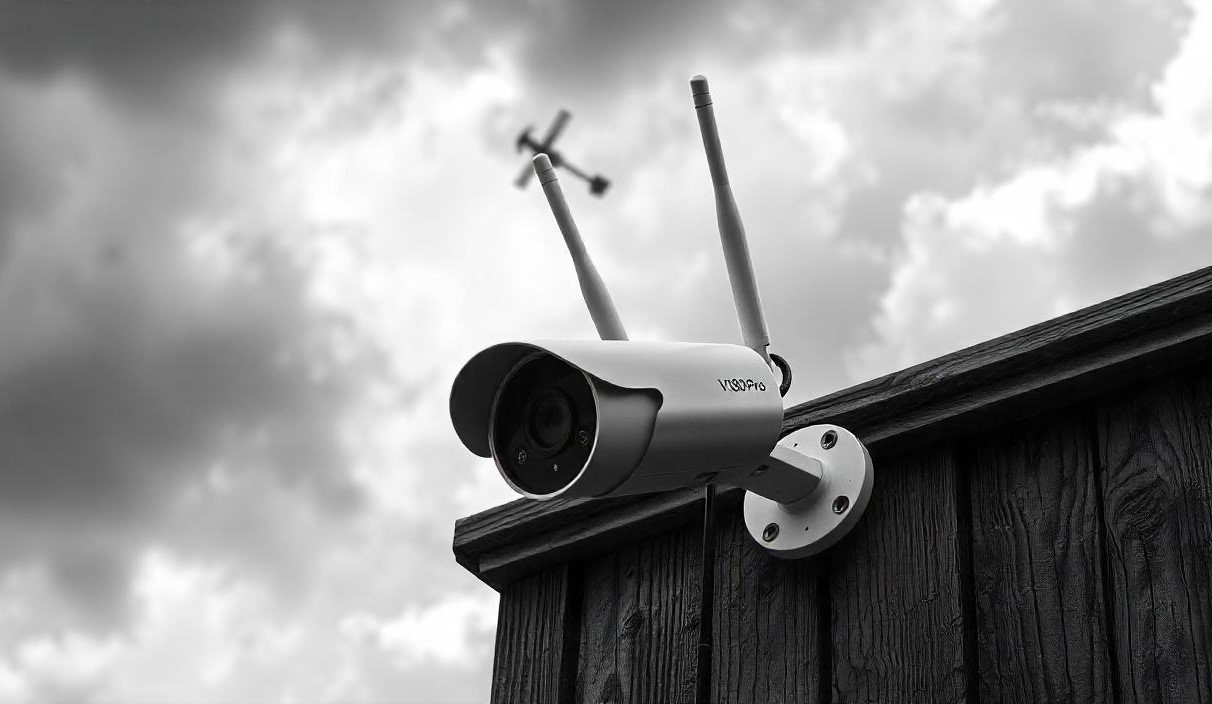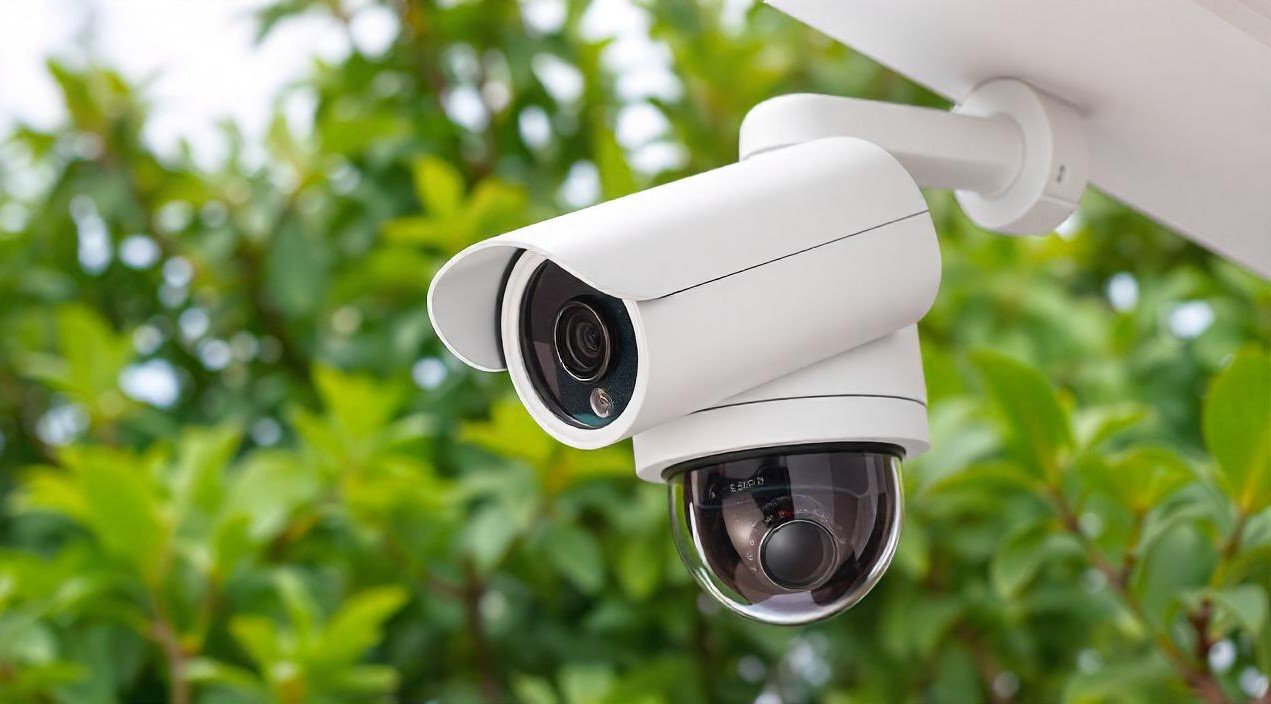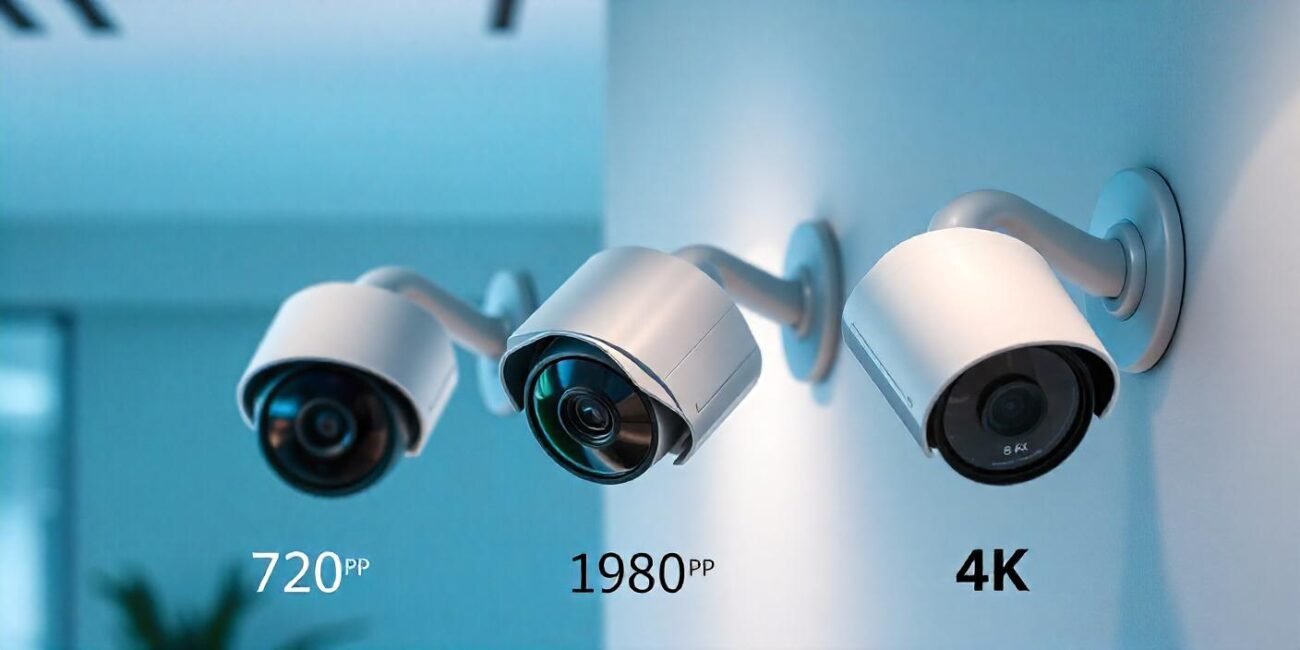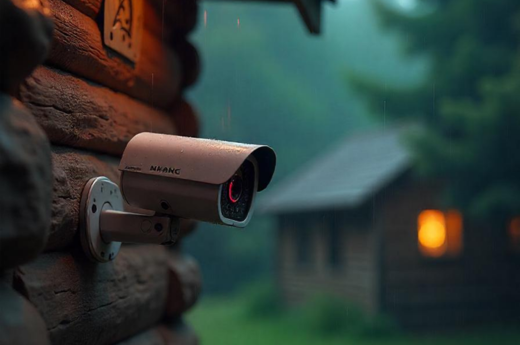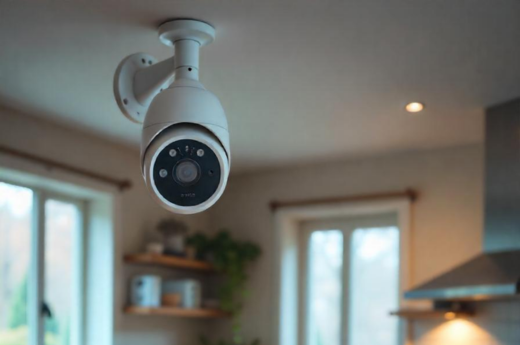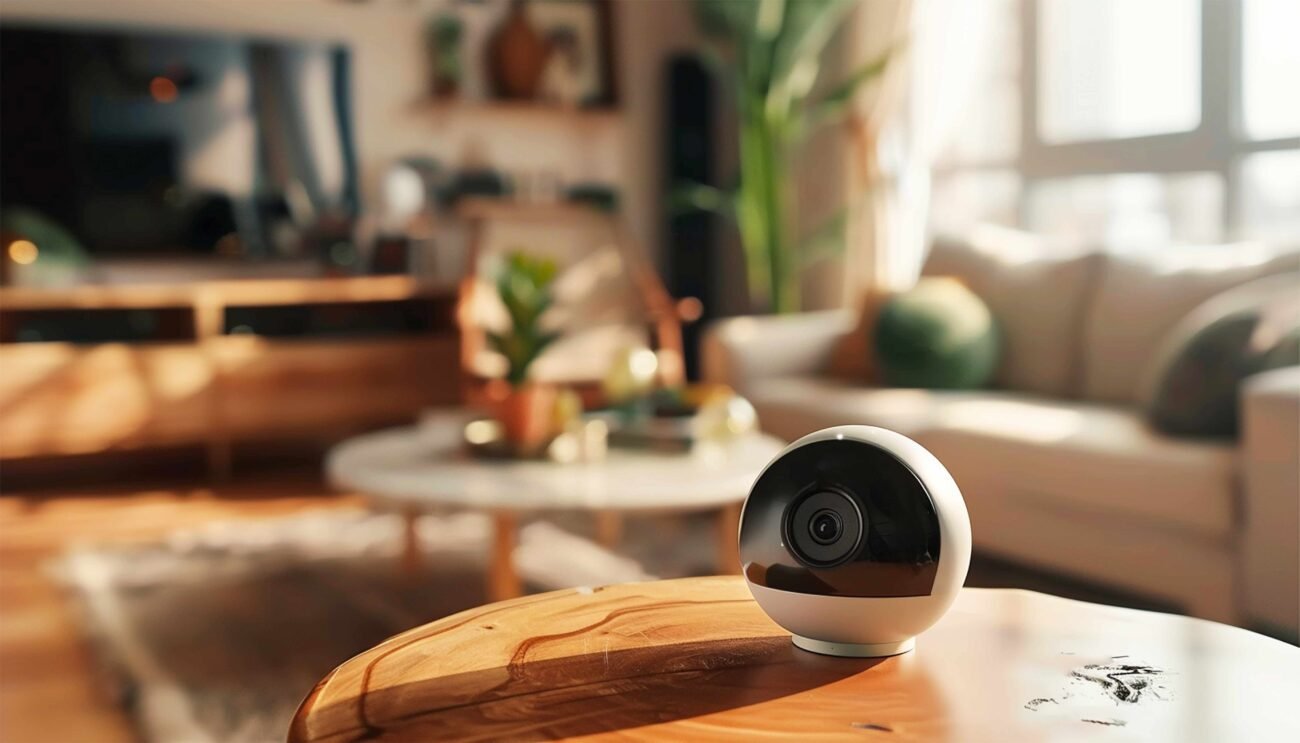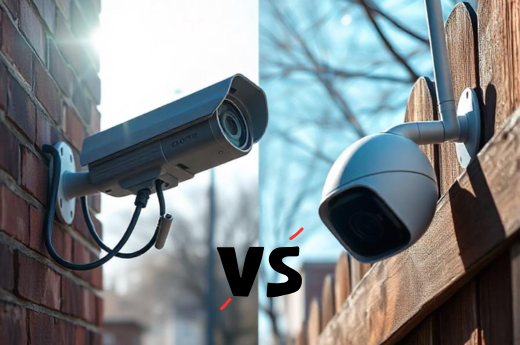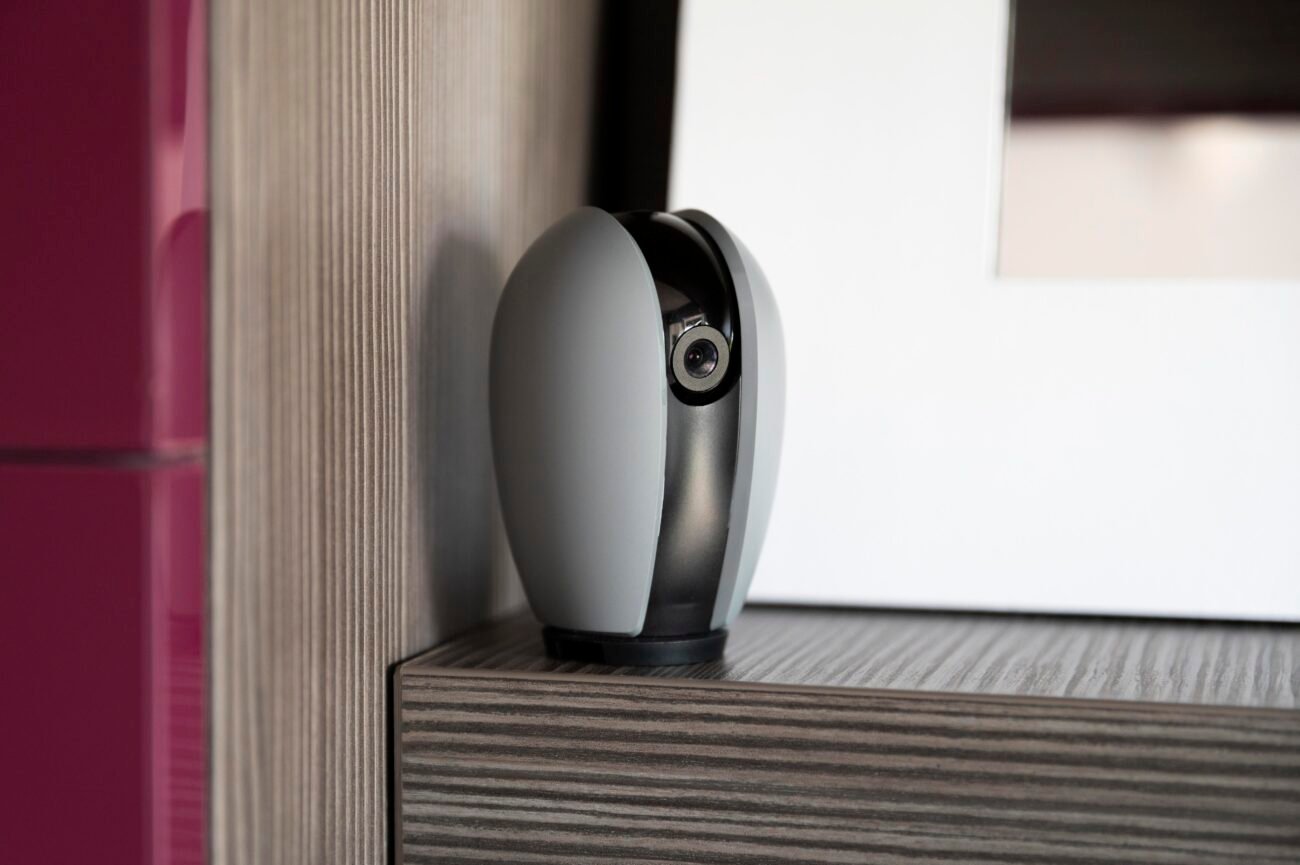12 Common Issues When Adding V380 Wi-Fi Cameras to Dahua Systems
Regarding home security, V380 cameras are becoming quite popular because they’re both easy to use and budget-friendly. Yet, we all know that setting up tech can sometimes be a bit of a challenge. If you’re facing any hiccups with your V380 camera setup, just know you’re in good company.
Scroll down to the blog to learn about some common setup problems that users often encounter while adding V380 Wi-Fi to Dahua Systems.
1. Connection Issues in Your Dahua System
One of the most common challenges when integrating a V380 Dahua camera is establishing a stable connection to your smartphone or computer. While this can be frustrating at times, there are a few simple troubleshooting steps you can follow to get everything working smoothly.
First, ensure your camera and device are connected to the same Wi-Fi network. If they’re on different networks, the camera won’t be able to communicate with your device, so this is an important step. Also, check that both devices have a strong Wi-Fi signal by moving closer to your router or considering a Wi-Fi extender.
If you’re experiencing setup issues with your V380 ONVIF, don’t worry. Just reset your camera and device by pressing the camera’s reset button for about 10 seconds until you see the LED flash. A quick restart of the device can clear any temporary glitches you might be facing.
2. Camera Not Powering On or Connecting
Sometimes, a little glitch can be as simple as a disconnected lead or the network is down temporarily. Internet protocol (IP) cameras usually have LED indicators that help transmit data to the network, but might be hidden inside the camera.
If you notice that the LEDs on your camera aren’t lighting up, it’s a good idea to check if the camera is plugged into a power source. If your camera relies on electricity rather than a battery, ensure it’s getting the right amount of wattage.
More complex cameras, like pan-tilt-zoom models, often need more watts than a standard plug provides to supply.
3. Can’t Find IP Address
Discovering your camera’s IP address is easy. Just check the camera’s directory, and once you note down your address, you can simply ‘ping’ it from your laptop or smartphone to see how strong the connection is.
Type ‘cmd’ in the search bar of your Windows, and this will bring up a DOS command prompt. When it appears, just enter ‘ping’ followed by your IP address.
On your screen, you might see messages like ‘Request Time Out’ or ‘Destination Host Unreachable.’ If that happens, please double-check that your device is connected to the same network as your camera. If you do see your camera on the network, go ahead and try connecting the browser.
4. Motion Detection Problems
V380 cameras come with handy motion detection features that let you know when there’s activity in a specific area. Sometimes, users face a few hiccups like false alerts or missing notifications.
To get your motion detection working just right, start by fine-tuning the sensitivity settings on your camera. Remember, even the tiniest movements, such as cars passing by or swaying tree branches, might set off false alarms if the sensitivity is too high. Have fun experimenting with different levels until you find what works best for you.
If notifications seem to be slipping through the cracks, double-check that your camera’s app or software has pushed notifications turned on. Also, peek at your device’s notification settings to ensure it’s all set up to get alerts from your camera.
Lastly, make sure nothing is blocking your camera’s field of view. Things like curtains, plants, or furniture in front of the lens can disrupt its motion detection. Adjusting the camera’s position or clearing any obstructions can boost its performance.
5. Network Problems
To troubleshoot network issues effectively, it is important to check the Address Resolution Protocol (ARP) tables, typically found on the camera’s exterior. These tables serve as a crucial resource for identifying and mapping the relationships between MAC and IP addresses within the network.
By cross-referencing these addresses using the ARP, you can gain valuable insights into the connectivity and communication between devices.
6. Facing IP Conflicts
Ensuring each camera is assigned a unique IP address is crucial when managing multiple cameras with a Dahua System. This practice facilitates easy access to individual cameras and prevents potential connectivity issues from arising when cameras share the same IP address.
If two or more cameras have identical IP addresses, it may result in difficulties accessing one or all of the devices, compromising the overall effectiveness of your security setup. Therefore, proper IP configuration is essential for optimal functionality.
7. Outdated Firmware
It is important to ensure that your camera is current and functioning optimally. You must regularly update your camera’s software and settings to achieve this. One effective way to accomplish this is by connecting to the Video Management System (VMS) that you use.
After establishing a connection, navigate to the camera’s web page through the VMS interface. Here, you will find options for firmware updates and other settings that may enhance the camera’s performance.
8. Camera Not Responding
In certain situations, the initial step we often take is to turn the Dahua System off briefly, typically lasting between 10 and 20 seconds. This process helps reset the system, allowing it to clear any temporary glitches or issues affecting its performance.
After this short pause, we can confidently re-enter our settings, ensuring everything is configured correctly for optimal functionality.
9. Loose or Messy Cables
Ensuring all cables are arranged straight and securely connected is essential, as any knots or loose cables can significantly contribute to your issues with performance. A proper setup allows for optimal performance and prevents potential issues from arising. Take the time to inspect each cable carefully, making sure there are no tangles that might disrupt functionality.
If you encounter any loose connections, tighten them immediately. By maintaining the integrity of your cables, you reduce the risk of complications and improve the overall efficiency of your devices.
10. Poor Video Quality
A V380 camera shines with great video quality, and it can be disappointing when the image resolution is lacking, or the footage looks blurry. The good news is there are some simple ways to enhance your video quality.
First, let’s ensure your camera lens is sparkling clean. Any smudges or dirt can hurt that image clarity, so gently wipe the lens with a microfiber cloth if needed.
Next, take a peek at your camera’s resolution settings; higher resolutions typically mean better image quality, though they might need more bandwidth and storage space to work smoothly.
If you’re finding that your videos aren’t looking their best, it might be helpful to adjust the resolution settings to find a nice balance between clarity and performance. And don’t forget to check your Wi-Fi signal.
A strong signal is essential for high-quality video streaming, as a weak connection can lead to annoying buffering and pixelation. If you’re having issues, move your router near the camera or use a Wi-Fi extender for better connection coverage.
11. Audio and Communication Issue
Audio issues with your V380 Pro cameras often stem from setup or connection problems while adding it to the Dahua System, with over 30% related to audio. Check the V380 Pro app for firmware updates and install the latest version to resolve these.
Ensure a strong Internet connection; consider a Wi-Fi extender if the camera is far off from the router. Adjust the microphone sensitivity in the app’s audio settings to improve capture, and position the camera away from loud noises to reduce interference. These changes will lead to clearer audio.
12. Camera Showing Offline
Sometimes, you might notice that your V380 camera appears as “Offline” in the app or software interface. This can happen for many reasons, often related to little connectivity issues or settings that might need a tiny adjustment. Ensure your camera’s power supply is connected, and check that all cables are plugged in and undamaged.
Next, take a moment to ensure that your Wi-Fi network is running smoothly. Just a quick restart of your router can work wonders. Also, checking if other devices can connect to the network without problems is helpful. Restart the camera to reconnect to the app if your Wi-Fi is stable.
It might be worth checking your camera’s firmware version if you are still having trouble. Head to the manufacturer’s website or go through the manual for guidance on updating the firmware. Sometimes, an older version can lead to connectivity issues and problems.
Final Thoughts
When adding the V380 Wi-Fi cameras to the Dahua Systems, you might encounter a few common issues, but don’t worry. These issues are usually easy to fix, so you can feel confident knowing there’s always a solution. There are plenty of ways to tackle these challenges.
And if you ever feel unsure about handling it yourself, reaching out for professional help is always a great option.
Looking to enhance your home security?
You can easily order the V380 for PC, from Orient CCTV. Don’t wait—place your order today and experience the convenience!
 10% Discount On First Order! Use Code: “GET10” to Get Your Discount
10% Discount On First Order! Use Code: “GET10” to Get Your Discount 
